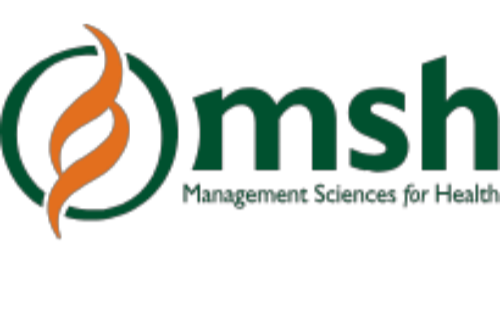

This section hosts guidelines, manuals and toolkits to strengthen public health practice.
Resources
FILTER
BY CATEGORY
View All
COVID-19 in pregnancy: possible mechanisms not to be discounted.
14 Jul 2022by Carolyn M. Zelopa, and Elizabeth Bonney 10 MIN
This report goes in-depth to comprehend Covid-19 in pregnancy. Pregnant women may be more at risk due to a number of factors related to their state of pregnancy, even though the effects of the coronavirus illness 2019 known as the COVID-19 pandemic on pregnant patients are still being determined. Focus on the complexities of the rennin-angiotensin system, which has increased activity during pregnancy, has increased in response to data suggesting that the severe acute respiratory syndrome coronavirus 2 (SARS-CoV-2) virus, which causes COVID-19, uses angiotensin-converting enzyme (ACE) 2 as a cellular receptor to gain cell entry for pathogenic initiation and propagation. Pregnancy-related increases in ACE2 expression would be indicative of multi-organ susceptibility, including cardiac problems such as cardiomyopathy, pneumonia, and ARDS. In turn, placental malfunction and newborn problems would result from these issues that cause maternal hypoxemia. Furthermore, the high expression of ACE2 by the COVID-19 virus, which compromises the foetus, allows it to directly attack and damage the placenta. Investigating the subtleties of ACE2 expression at the maternal-fetal interface could reveal potential viral vulnerability. To assess ACE2 expression in placental and foetal tissue, the researchers used single-cell transcriptome data sequenced using 10X genomics. The results of this study showed that ACE2 is expressed by decidua (stromal and perivascular cell types) as well as villous cell types (cytotrophoblast and syncytiotrophoblast). In addition to potentially affecting current and future pregnancies as well as long-term mother cardiovascular health, COVID-19 may have major implications on placental function, foetal development, and maternal immunity. Despite the fact that there are still a lot more questions than there are answers, these hypotheses highlight the necessity of important research that is specifically focused on pregnancy and the range of COVID-19-related diseases, with an emphasis on underlying comorbidities, body mass index, and racial/ethnic disparities. There is definitely a chance for increased vulnerability and possibly increased disease severity. The complexity of the maternal response to the COVID 19 virus must be taken into account in multidisciplinary care.
Related File :
2915348183.pdfCategories
COVID-19

 EXPLORE DATA
EXPLORE DATA 



























